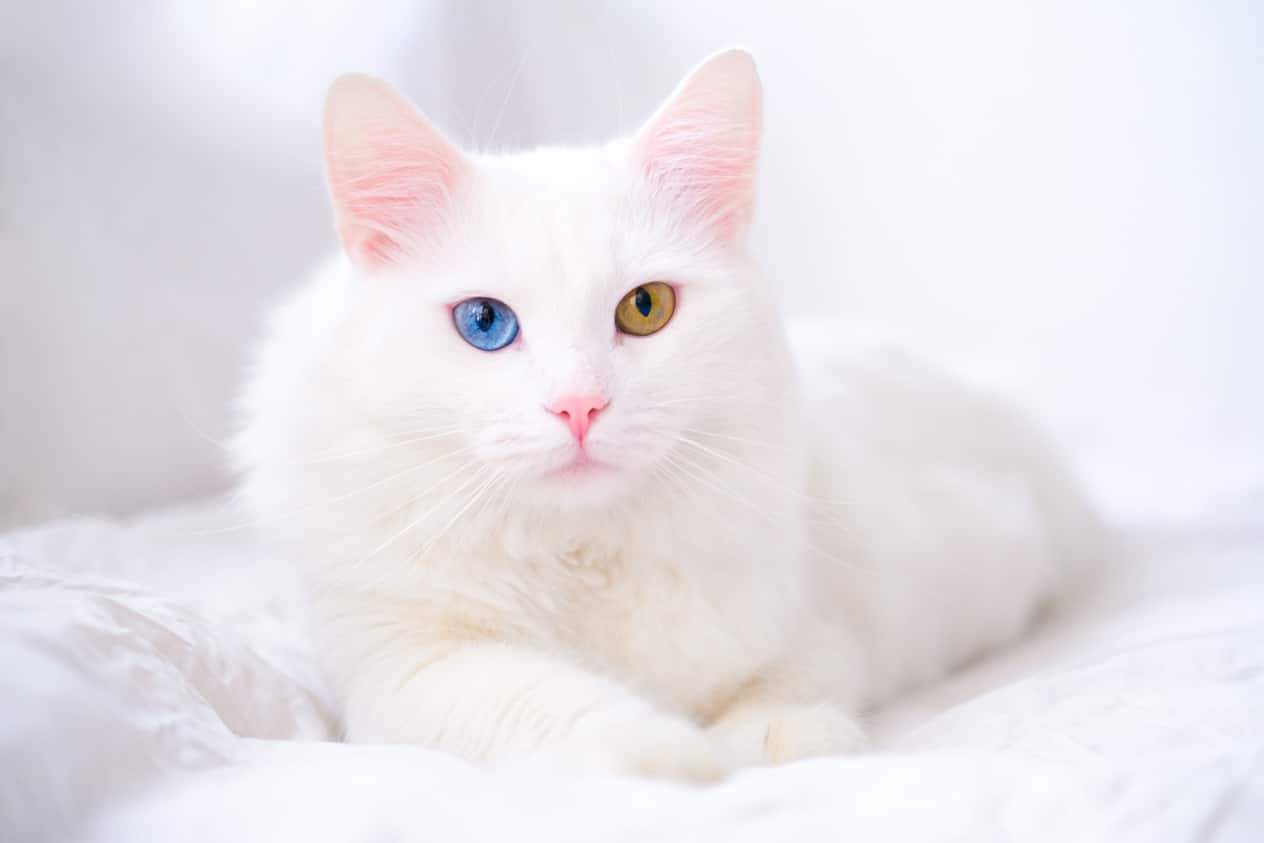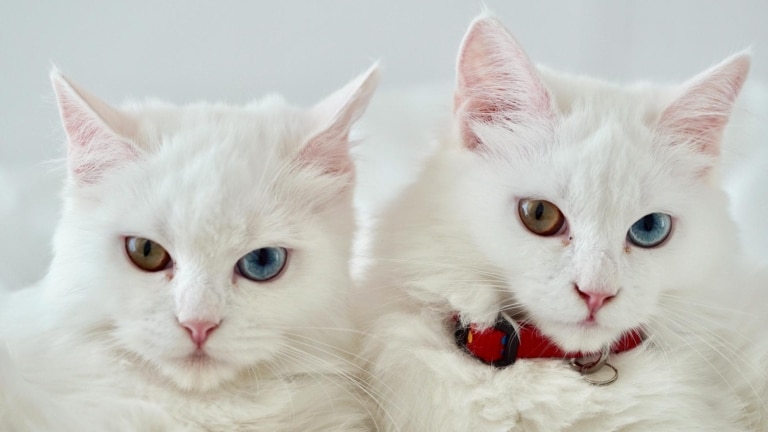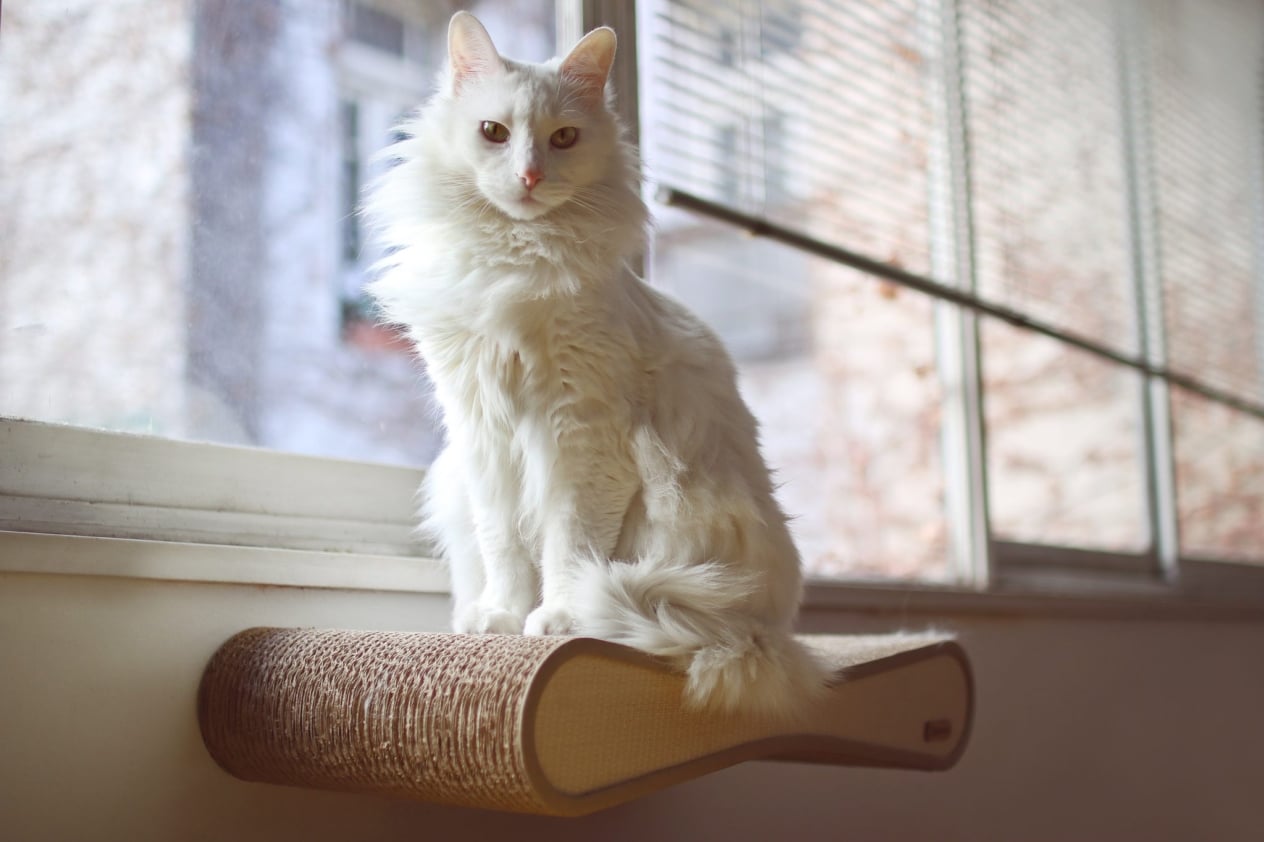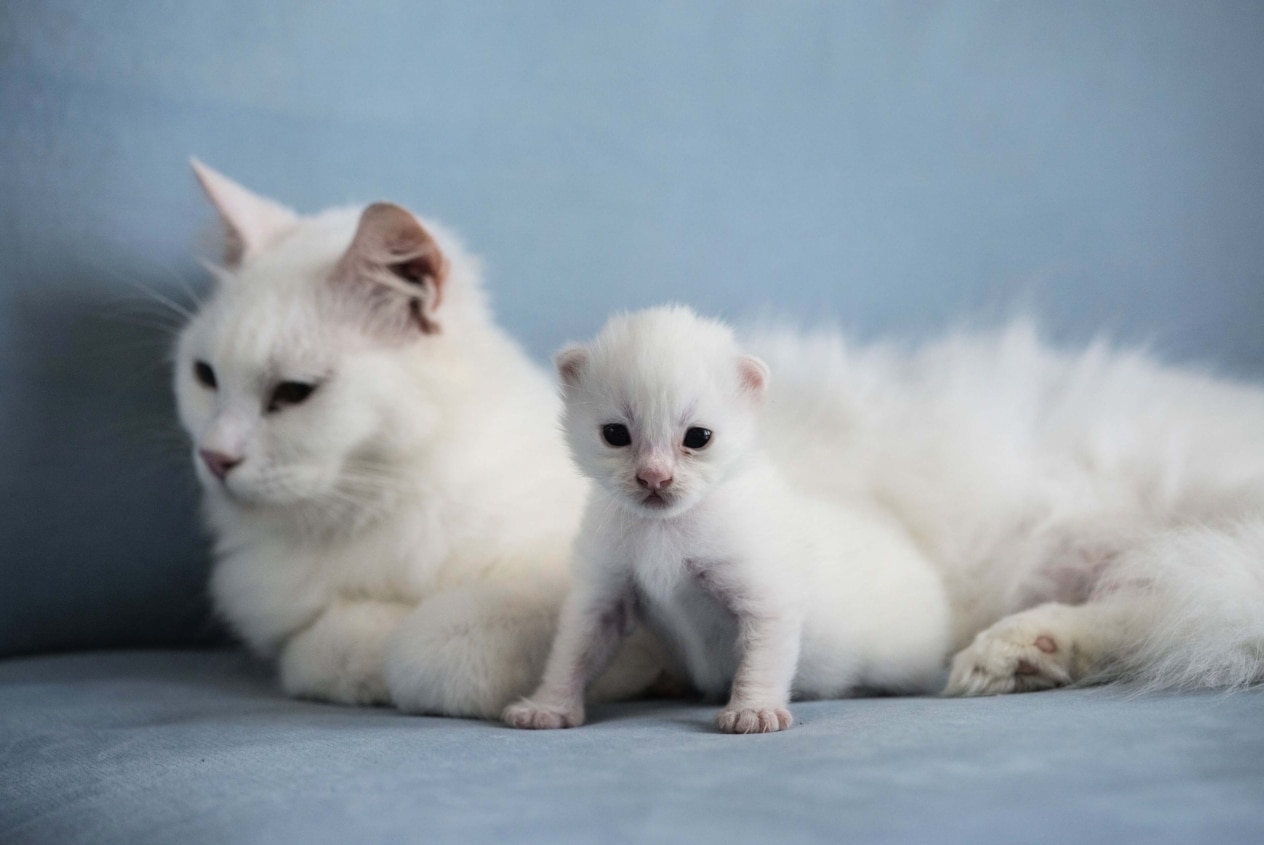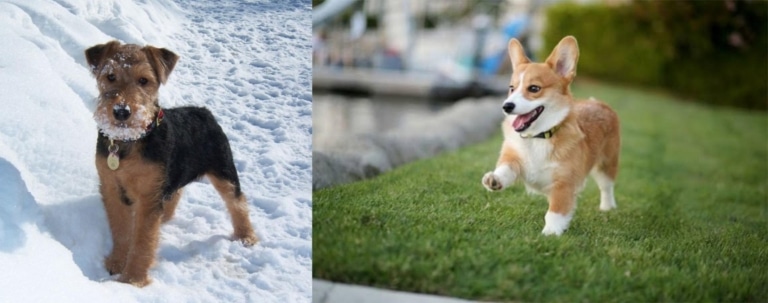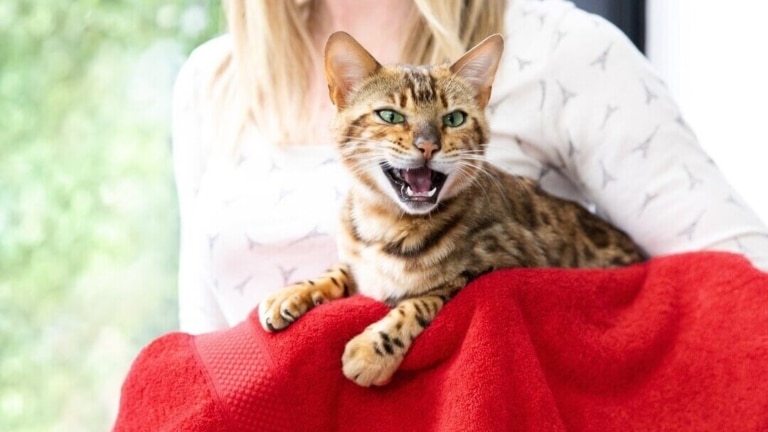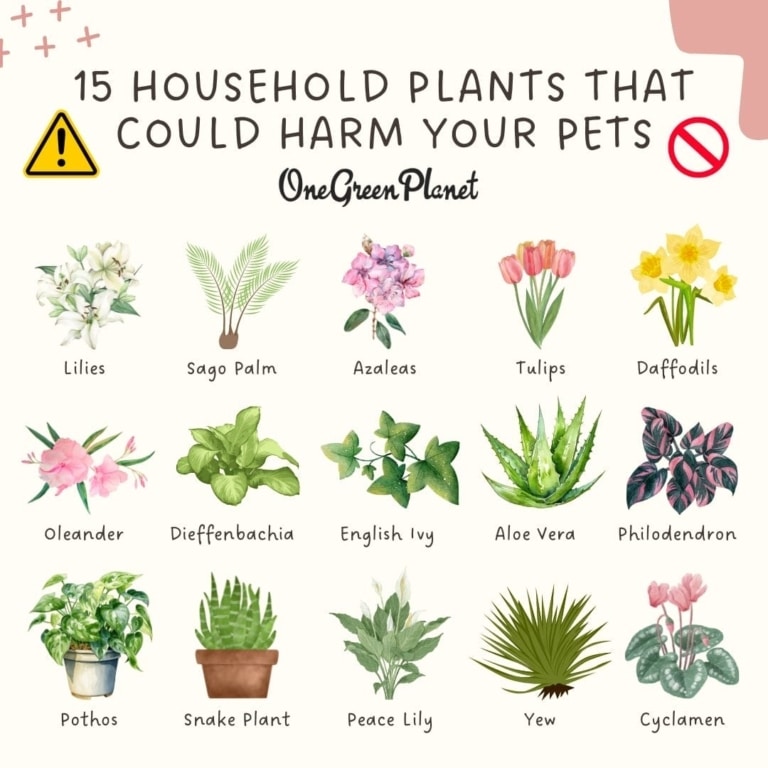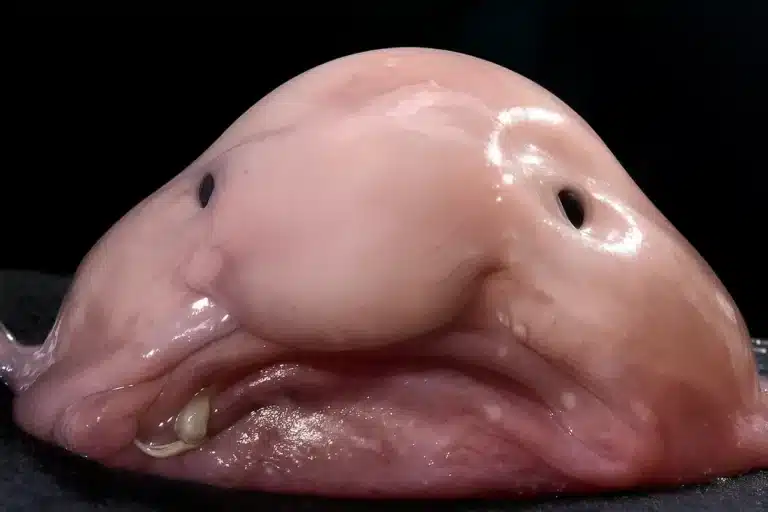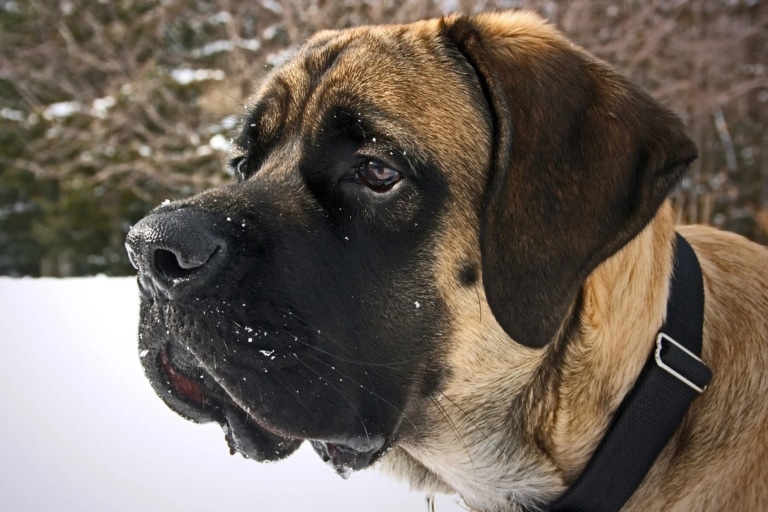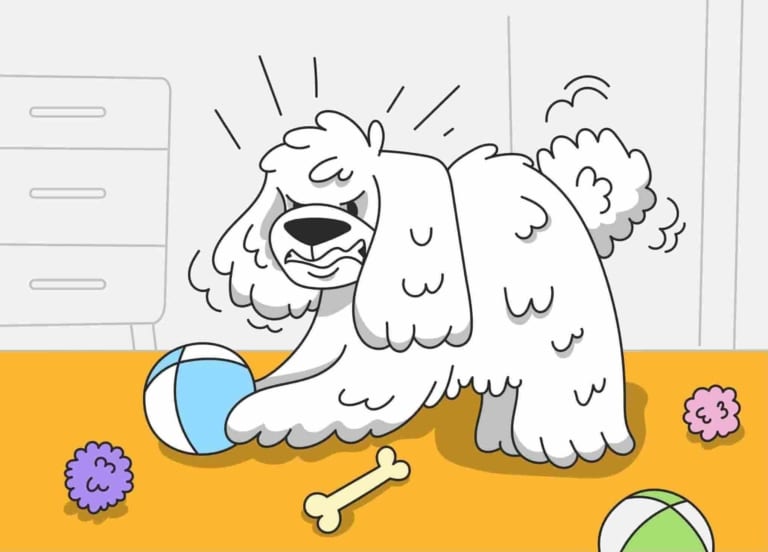The Turkish Angora is one of the oldest and most elegant breeds in the world, with a history dating back over 500 years. Its homeland is Turkey, in particular the region around Ankara (formerly known as Angora), where the breed’s name comes from. It is considered a national treasure in its own country. These cats have long been a symbol of sophistication, grace and purity. They were even kept in sultan palaces, and the first representatives were imported to Europe as an exotic rarity back in the XVII century.
People often call the Turkish Angora cat simply Angora, and you can also hear names like Angora or Angora cat. It became the ancestor of many modern long-haired breeds and still remains a standard of natural beauty.
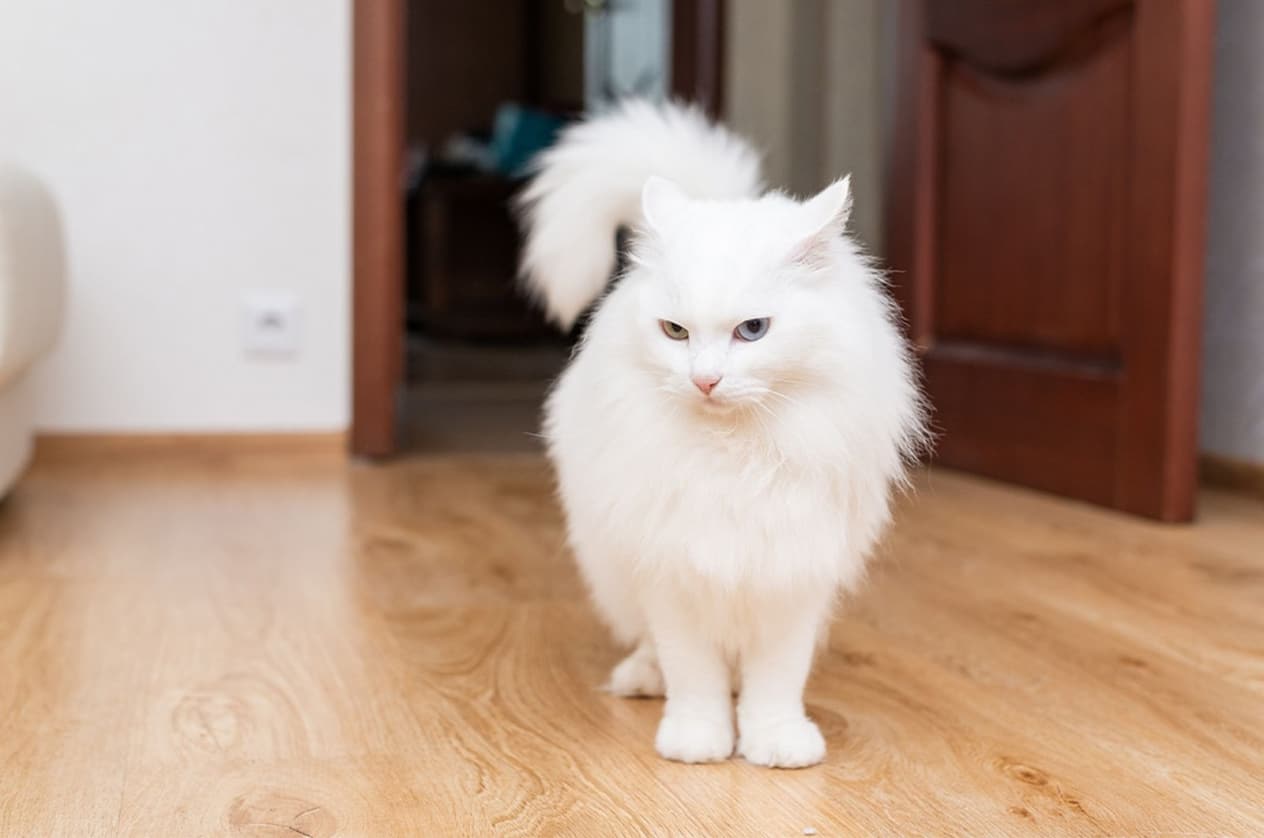
Appearance and standards
The Angora cat gives the impression of a living sculpture – slender, graceful, with easy movements, like a dance. Its body is of medium size, but quite muscular and trim. The weight of adult females is usually 2.5-3.5 kg, while males weigh 3.5-5 kg. Height at the withers is about 20-25 cm and body length is up to 35-40 cm, not counting the fluffy, luxurious tail.
The main features of the breed are long, silky hair without undercoat, large expressive eyes (often blue, green or different colors), large ears and graceful profile. The classic color is white, but officially recognized and other colors: black, cream, smoky, red, tabby and others. But it is the snow-white Angoras with multicolored eyes that have become the “calling card” of the breed.
Its movements are as light as a ballerina’s, and its appearance is the embodiment of harmony. It is not without reason that it is often compared to an aristocrat in the cat world – just as proud, graceful and absolutely unforgettable.
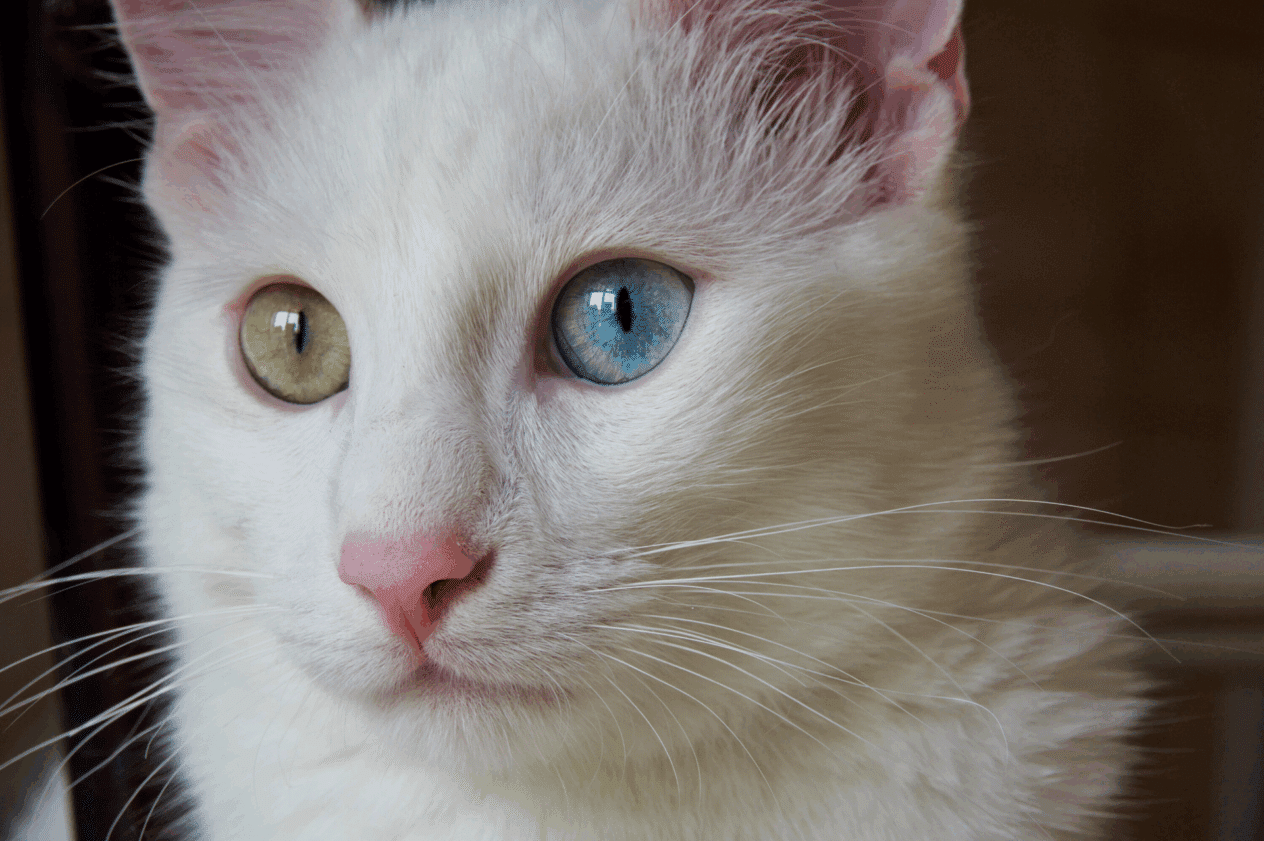
Turkish Angora cat’s behavior and temperament
The Turkish Angora breed is a combination of intelligence, playfulness and independence. She is very intelligent and inquisitive, learns quickly, easily memorizes the habits of the owners and is even able to open furniture doors or water taps. She is interested in everything around her, loves to participate in the life of the family, to be close to them, but she does not impose herself.
Angoras are extremely social, they establish a close bond with people – they often choose one favorite owner in the house, with whom they will be especially affectionate. These cats are affectionate and patient with children, get along well with other animals, but love to be the center of attention. They love to play, especially with moving toys, and remain active even at an older age.
At the same time, Angoras have an independent character and can show “cat dignity” if they are forced to do something against their will. They do not tolerate rudeness and cruelty, but with a kind and affectionate attitude they reveal themselves fully – as gentle, affectionate, loyal friends.
Angora cat grooming, maintenance and health
Despite its luxurious appearance, care for the Angora coat is not difficult. Due to its lack of undercoat, it does not pile up in tangles, but it does require combing 2-3 times a week, especially during the shedding season. It is important to keep the eyes and ears clean as some white Angoras, especially those with blue eyes, may have a hereditary predisposition to deafness or vision problems – so regular check-ups with the vet are a must.
This breed is generally considered healthy and long-lived – Angoras often live to be 14-16 years old or more. It is important to provide them with quality nutrition, active play and a cozy environment with a place to observe (they love high shelves or windowsills).
One should not forget about psycho-emotional comfort – Angora cats are very sensitive, so they need love, stability and tenderness.
Turkish Angora is an ideal choice for those who appreciate grace, intelligence and emotional connection with the animal. It will suit both single people looking for a loyal companion and active families with children. It does not like loneliness, so it will be a great companion for those who spend a lot of time at home. It is a breed for those who want to see a cat as a real family member – independent, beautiful and deep in its own way.
